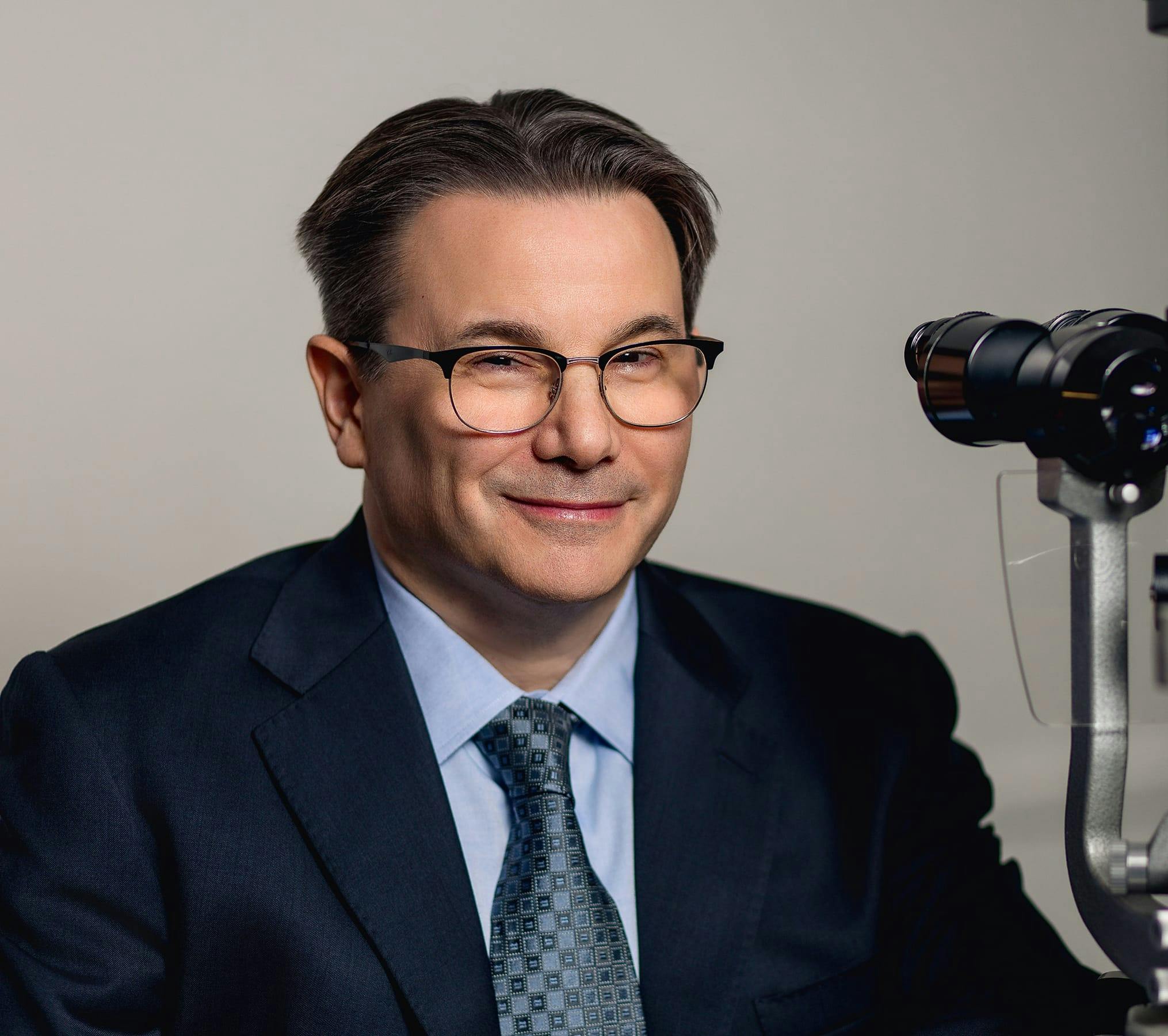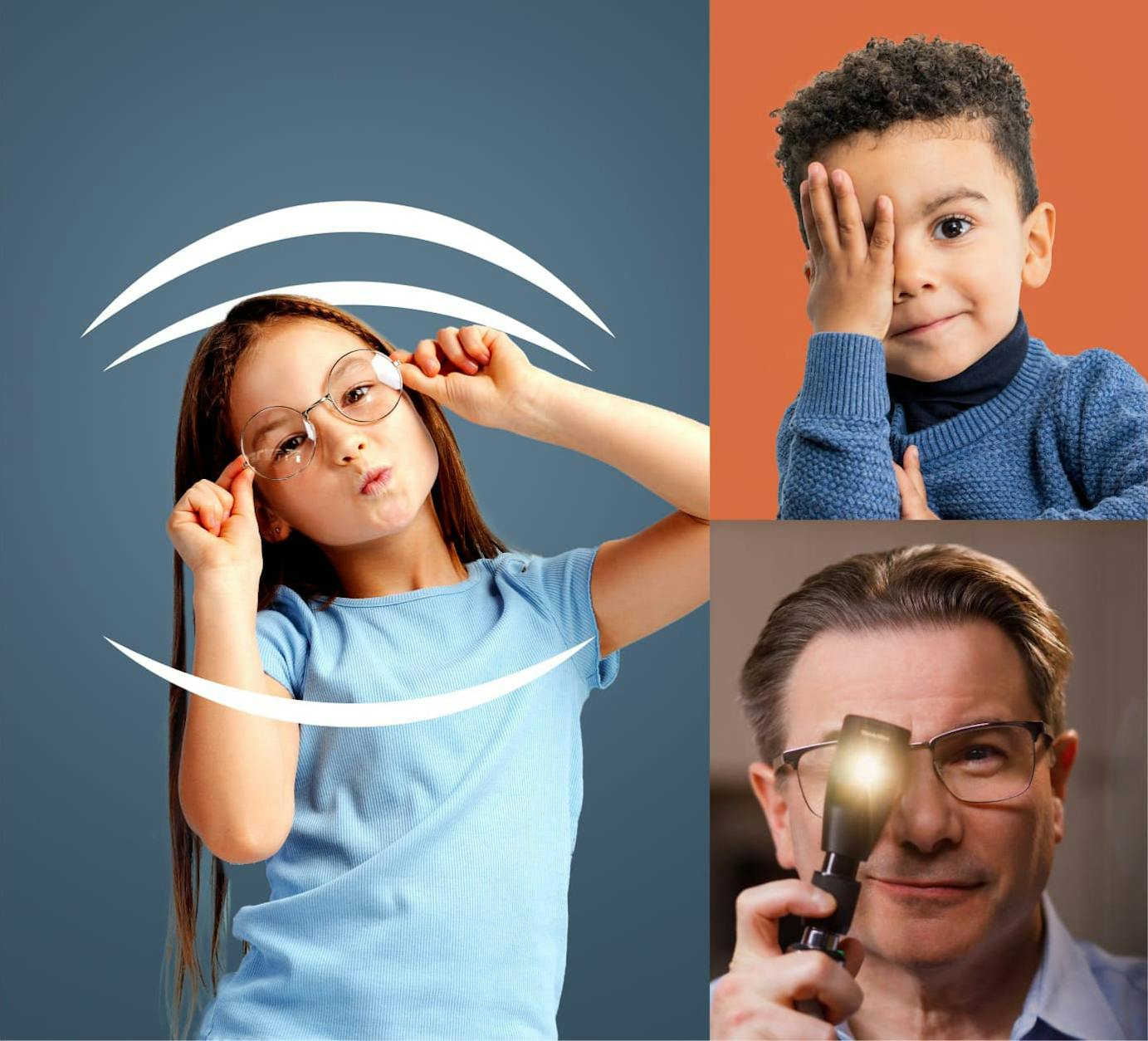Nystagmus is when the eyes make obvious, involuntary movements— typically side to side, but sometimes up and down, or in circular patterns. The vast majority of cases are present from early in life. Nystagmus can be associated with neurological diseases, albinism, strabismus, or it can occur in isolation. Dr. Eric Lichtenstein evaluates and treats all types of nystagmus with the precision of a fellowship-trained surgeon and the warmth of a seasoned pediatric specialist.
What Is Pediatric Nystagmus?
Nystagmus refers to involuntary, rhythmic eye movements that most commonly presents at or shortly after birth. While it can look alarming to parents, it’s not always a sign of serious disease. That said, nystagmus does interfere with visual clarity - and many babies learn that placing their head into an abnormal position will makes things more clear.











